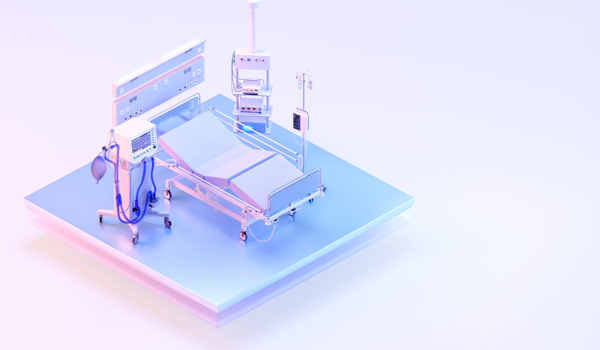


DENVER, COLORADO - The intensive care unit (ICU) houses the sickest of all hospitalized patients and is a data-centric geographic location at the heart of any hospital. It offers a panacea of information ideal for harnessing the predictive potential of artificial intelligence (AI), with its patients hooked up to many monitors storing terabytes of data on everything from heartbeat variability to cardiac output.
It is the stuff of science fiction - except that it is happening now on a global scale. In the ICU, time is very precious. Any tool that reduces any uncertainty can end up being the difference between life and death. By using machine learning (ML), multiple clinical, physiological, and lab parameters can be entered as features for continuously monitoring a patient’s cardiovascular status in real time and, in doing so, timeously diagnose patients at risk for hemodynamic instability.
Scope of the problem
Up to a third of ICU patients develop hemodynamic instability, resulting in a 40-59 percent mortality rate.1 An acute hypotensive episode is one of the most critical events that can take place in the ICU. It is defined as a drop in mean arterial pressure below 65 millimeters of mercury (mmHg) or a drop in systolic blood pressure (SBP) below 90 mmHg. Therefore, a single event can significantly increase a patient’s chances of dying. Hemodynamic instability manifests itself in a heterogenous group of clinical findings, physiological fluctuations, and lab parameters. In a critically ill patient who is already fending off a host of uninvited visitors - such as invasive microbial infections - or dealing with something like multi-organ failure, pre-emptively predicting hypotension can be the difference between recovery and demise.
Advanced dynamic hemodynamic monitoring can act like a crystal ball, allowing a cl
The content herein is subject to copyright by The Yuan. All rights reserved. The content of the services is owned or licensed to The Yuan. Such content from The Yuan may be shared and reprinted but must clearly identify The Yuan as its original source. Content from a third-party copyright holder identified in the copyright notice contained in such third party’s content appearing in The Yuan must likewise be clearly labeled as such. Continue with Linkedin
Continue with Linkedin
 Continue with Google
Continue with Google










 3059 views
3059 views







